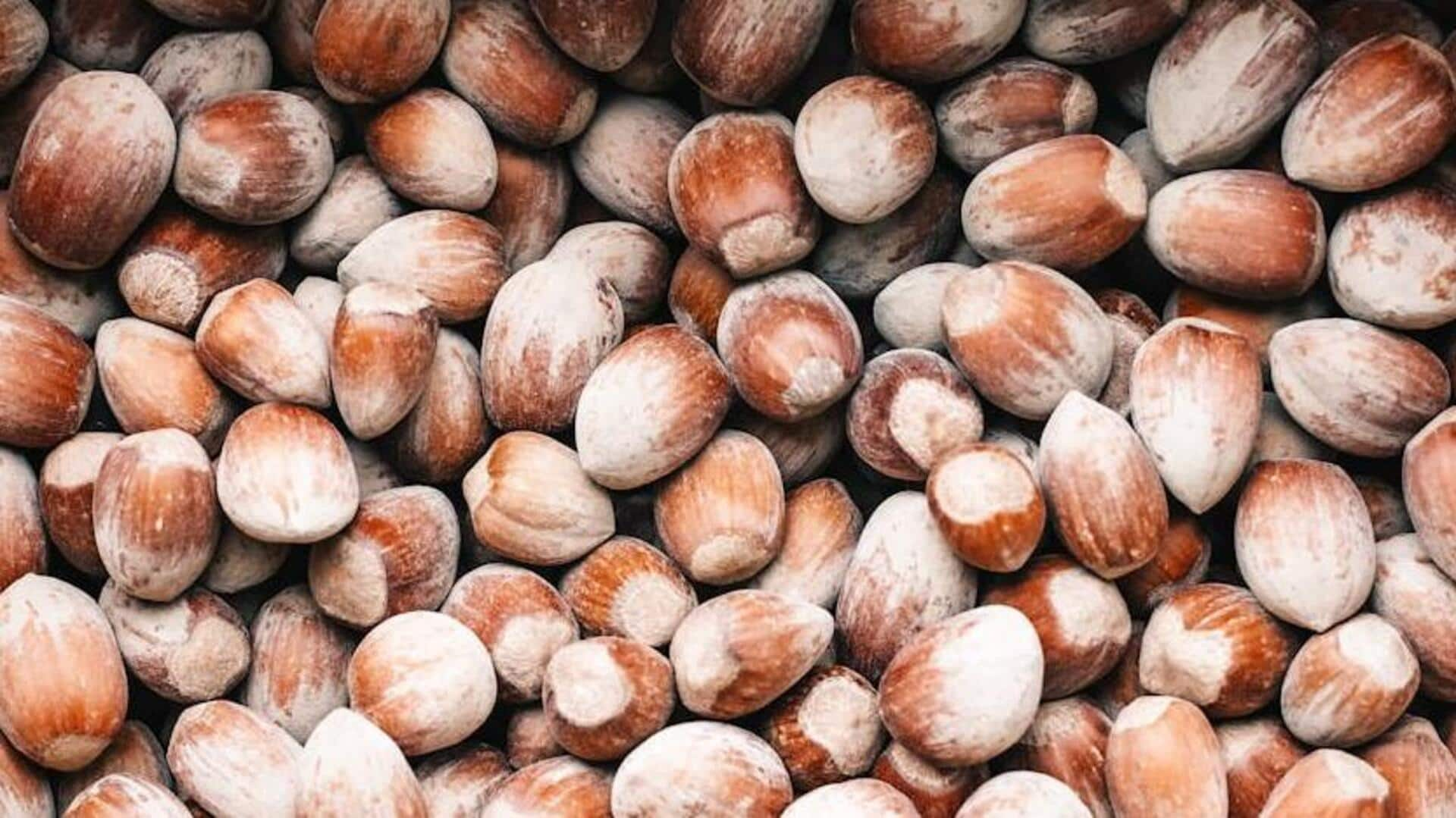
Hazelnuts v/s macadamia nuts: Which is better for your heart?
What's the story
When it comes to nuts, two contenders reign supreme for their unique combination of taste and heart-healthy benefits: hazelnuts and macadamia nuts.
Both packed with monounsaturated fats (the good guys that lower bad cholesterol and fight heart disease)
This article does a deep dive into the nutritional showdown between these two heart-healthy champions, comparing fat content, vitamins, minerals, and overall benefits for your heart.
Nutrients
Nutritional profile comparison
Hazelnuts are composed of approximately 60% fat by weight, predominantly monounsaturated fats (MUFA).
They also offer a decent amount of dietary fiber, vitamins E and B6, folate, phosphorus, potassium, and zinc.
Conversely, macadamia nuts have a higher fat content (around 76% by weight) with an even greater percentage of MUFA but a slightly lower protein content than hazelnuts.
Macadamias are particularly rich in thiamine (vitamin B1) and manganese.
Cardiovascular
Heart health benefits
Both hazelnuts and macadamia nuts are associated with decreased risk factors for cardiovascular diseases, thanks to their high monounsaturated fat content.
Eating MUFA-rich foods results in lower LDL cholesterol (the "bad" cholesterol) levels without impacting HDL cholesterol (the "good" cholesterol).
Plus, the antioxidants present in these nuts further prevent arterial damage.
Calories
Caloric consideration
In terms of calories, both nuts are energy-dense due to their high fat content.
A one-ounce serving (roughly 28 grams) of hazelnuts delivers around 178 calories.
In contrast, macadamia nuts are more calorically dense with the same serving size containing approximately 204 calories.
This caloric difference may be something to keep in mind for those watching their calorie intake for weight loss or other health reasons.
Consumption tips
Incorporating into diet
Adding hazelnuts or macadamia nuts to your diet is easy and beneficial for heart health.
They can be enjoyed raw or roasted as a snack, or chopped and added to salads or oatmeal for extra crunch and nutrition.
Just remember, their high calorie content comes from fats, so moderation is key to incorporate them into a balanced diet.